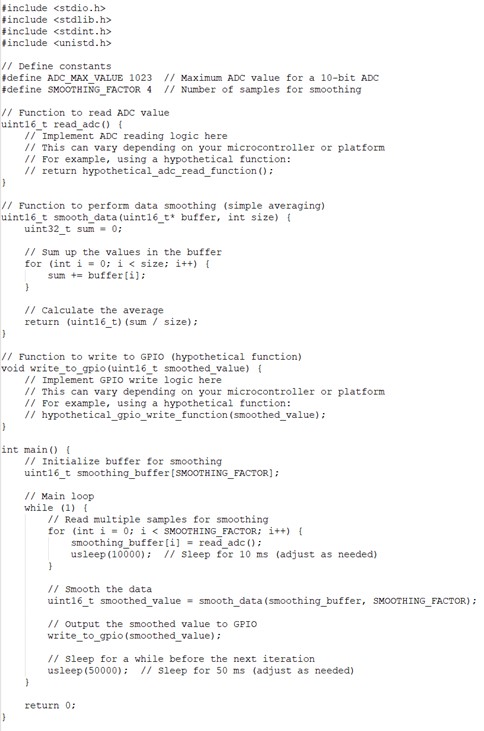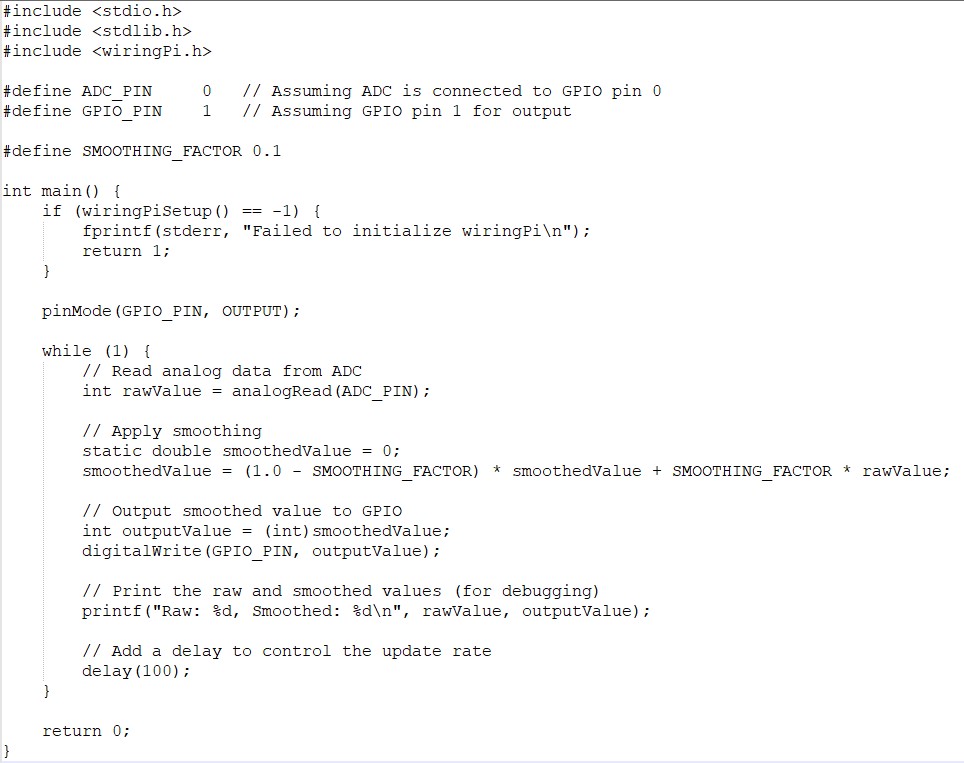|
||||
You may redistribute this newsletter for non-commercial purposes. For commercial use contact jack@ganssle.com. To subscribe or unsubscribe go here or drop Jack an email. |
||||
| Contents | ||||
| Editor's Notes | ||||
|
Tip for sending me email: My email filters are super aggressive and I no longer look at the spam mailbox. If you include the phrase "embedded" in the subject line your email will wend its weighty way to me. |
||||
| Quotes and Thoughts | ||||
“The whole problem with the world is that fools and fanatics are always so certain of themselves, and wiser people so full of doubts.” -Bertrand Russell |
||||
| Tools and Tips | ||||
|
Please submit clever ideas or thoughts about tools, techniques and resources you love or hate. Here are the tool reviews submitted in the past. EDN has a nice article on using an oscilloscope's bandwidth filters in troubleshooting circuits. |
||||
| Engineering Everything | ||||
Dan was old. Must have been 70, it seemed to the 22 year old me. Grizzled and garrulous, Dan was a chemical engineer who made a bundle designing a plant in Ankura, Turkey. He had retired onto a 35’ aluminum sailboat and held court in his cabin in Annapolis over beers many an evening. He became a good friend. Turns out, Dan was 39 at the time. Ah, youth, thy eye sees vast age in any face tarnished by the ravages of just a few years! Sailboats, especially the ancient one I had at the time, have all kinds of problems. Gear is constantly failing, water comes in from below and above, and one is always modifying something on the vessel. Many a time we’d talk about a specific problem one of us faced. Dan's response was always that of an engineer, first, sailor, second. "Sure, the clevis pin failed. You could replace it, I guess. But the more interesting issue is why did it fail? What can you change so that never happens again?" He had a rouges' gallery of broken components that he'd pull out and demonstrate. "Chafe. Even a half-inch bronze shackle will wear away if not protected. How do you think the Colorado River formed the Grand Canyon?" Dan taught me a lot about long distance sailing. But there’s one lesson he imparted that, almost fifty years later, still shapes the way I think about most things: approach every problem and issue with an engineering perspective. Yes, I’m an EE, but that does not limit me to pushing electrons around. In school we studied statics and dynamics, which I never use in my work. But understanding loads and how things move has helped solve innumerable problems around the boat, the house, and pretty much everywhere else. We took a big tree down not long ago. It was leaning towards an obstruction, so had to be felled "uphill." A little trig, some analysis, and in a few minutes we had rigged a nylon line between it and another hickory with a come-along putting great tension on the rather elastic nylon. Then we hung 150 pounds of water jugs from the middle of the line using a chain hoist. The load is proportional to the tangent of the angle of the line, so as the tree starts to fall is huge. The tree came down within inches of plan. Even in logging our engineering sense and intuition comes into play. A friend - and an engineer - has a damp basement, though there's no standing water. He didn't shop for a dehumidifier blindly. Instead he computed how much water the air in that space could hold at its usual temperature and relative humidity, and picked a unit that could remove more than that in 24 hours. Analysis leads to insight. When the scoundrels in DC make some promise, we engineers need to hold their numbers up to scrutiny. $1T for that fighter program? Amortized over how many units? How does that compare to, say, F-16s... or a few million drones? Alas, it seems too many Americans don't know the difference between a million and a billion, and the notion of 10**12 completely evades them. We need to educate them at the party when some bore completely confuses M, B and T. I have learned, though, to try (though it’s so hard!) to be less analytical in relationships. Sometimes my wife has a problem, but needs a sympathetic ear, not a calculator, #2 Ticonderoga, and graph paper. I don’t know if engineers are born or made. But there's no doubt that the engineering mindset reshapes our lives, much more so than most professions. |
||||
| Embedded ChatGPT | ||||
I asked ChatGPT to write an article for the embedded muse. It produced this:
Pretty much meaningless pablum. So I asked for a number of different sorts of articles. All came back with exactly the same format, using bulleted points, a conclusion, etc. Not impressive. I purposely gave it a very vague spec for some code, requesting it to "Write C code to read an a/d, smooth the data, and output it on a gpio". This was the output: Not bad, actually. Much better than I expected. So a week later I posed the exact same query and got a much different response: |
||||
| Sequence Points, Redux | ||||
After last issue's take on sequence points, a number of readers replied that the first example given is actually fine. Charles Manning responded:
In another email Charles noted:
|
||||
| Failure of the Week | ||||
Ricardo de Almeida sent this: And this is from Tom Kunz: Have you submitted a Failure of the Week? I'm getting a ton of these and yours was added to the queue. |
||||
| Jobs! | ||||
Let me know if you’re hiring embedded engineers. No recruiters please, and I reserve the right to edit ads to fit the format and intent of this newsletter. Please keep it to 100 words. There is no charge for a job ad.
|
||||
| Joke For The Week | ||||
These jokes are archived here.
|
||||
| About The Embedded Muse | ||||
The Embedded Muse is Jack Ganssle's newsletter. Send complaints, comments, and contributions to me at jack@ganssle.com. The Embedded Muse is supported by The Ganssle Group, whose mission is to help embedded folks get better products to market faster. |









